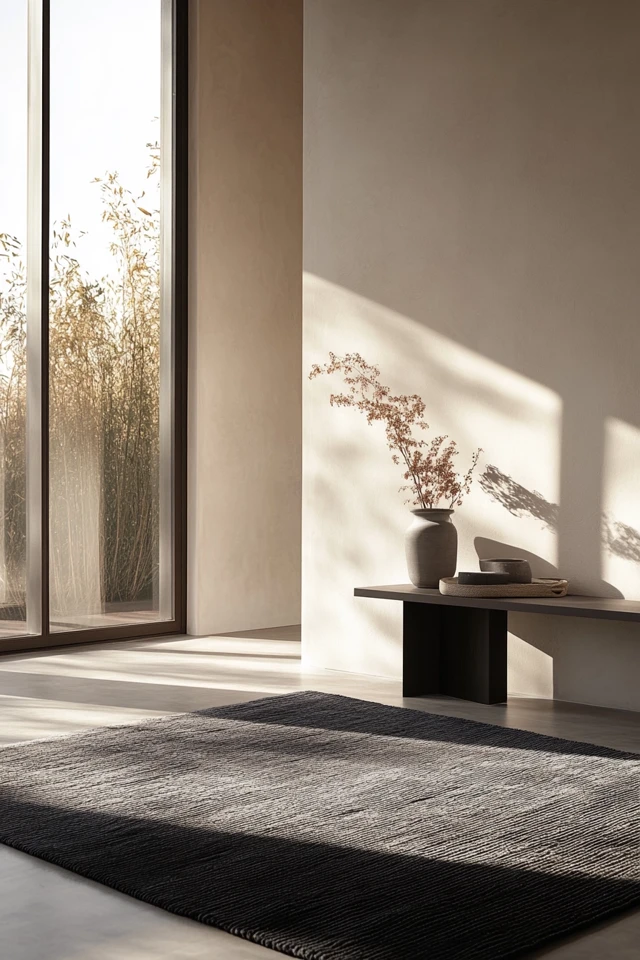Introduction
Scandinavian design is renowned for its ability to create serene, harmonious spaces that feel both functional and beautiful. At the heart of this aesthetic lies the careful interplay between light and shadow—a balance that transforms even the simplest interiors into warm, inviting sanctuaries. By harnessing natural light, layering artificial lighting, and embracing shadow as a design element, you can elevate your home to reflect the timeless beauty of Nordic interiors.
I remember visiting a cozy Scandinavian cabin during a snowy winter in Norway. The way light filtered through sheer curtains, casting soft shadows on the natural wood floors, was magical. Every corner seemed to tell a story, with shadows highlighting textures and light bringing warmth to the minimalist space. Inspired by this experience, I’ve learned to apply the same principles in my own home, using light and shadow to create a sense of balance, calm, and connection to nature.
If you’re ready to infuse your home with the effortless elegance of Scandinavian design, learning to balance light and shadow is key. From maximizing natural light to strategically placing artificial lighting, here’s how to create a perfectly balanced space.
The Perfect Design for Your Space
Scandinavian design prioritizes functionality, simplicity, and a connection to nature, making it the ideal approach for creating balanced interiors. If you value clean lines, muted tones, and a cozy yet uncluttered atmosphere, this style will help you transform your home into a haven of tranquility.
Imagine a living room bathed in soft daylight, with shadows playing across a textured rug and minimalist furniture. As evening falls, layered lighting creates a warm glow, while subtle shadows add depth and dimension to the space. This dynamic balance of light and shadow not only enhances your decor but also fosters a sense of comfort and calm.
Picture Gallery

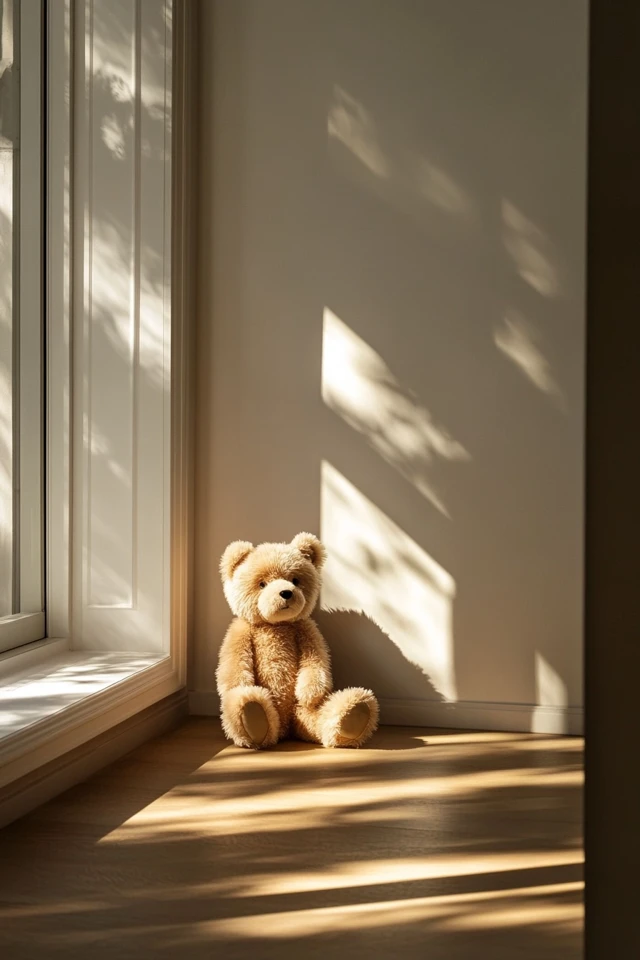

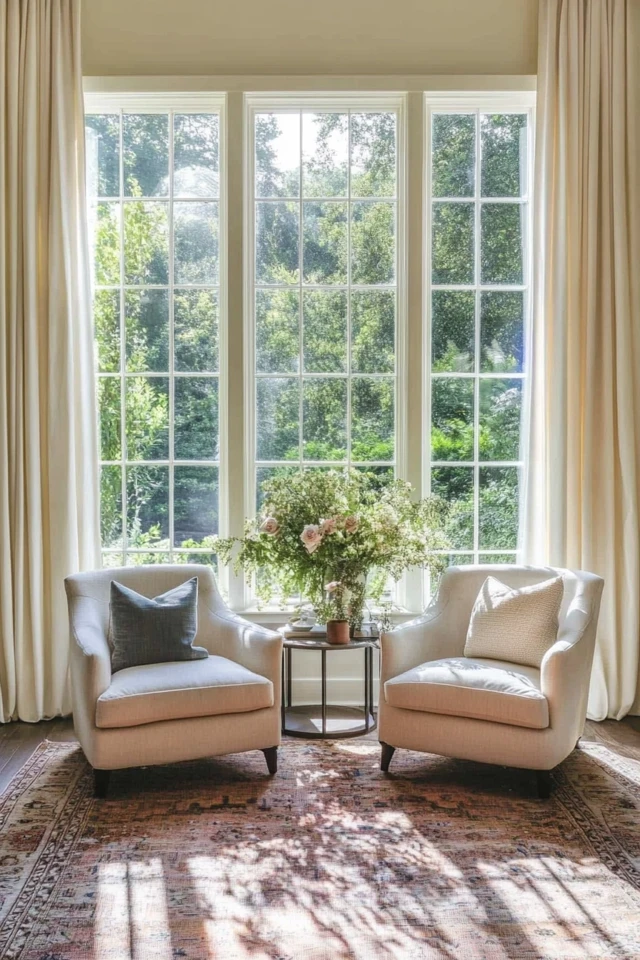
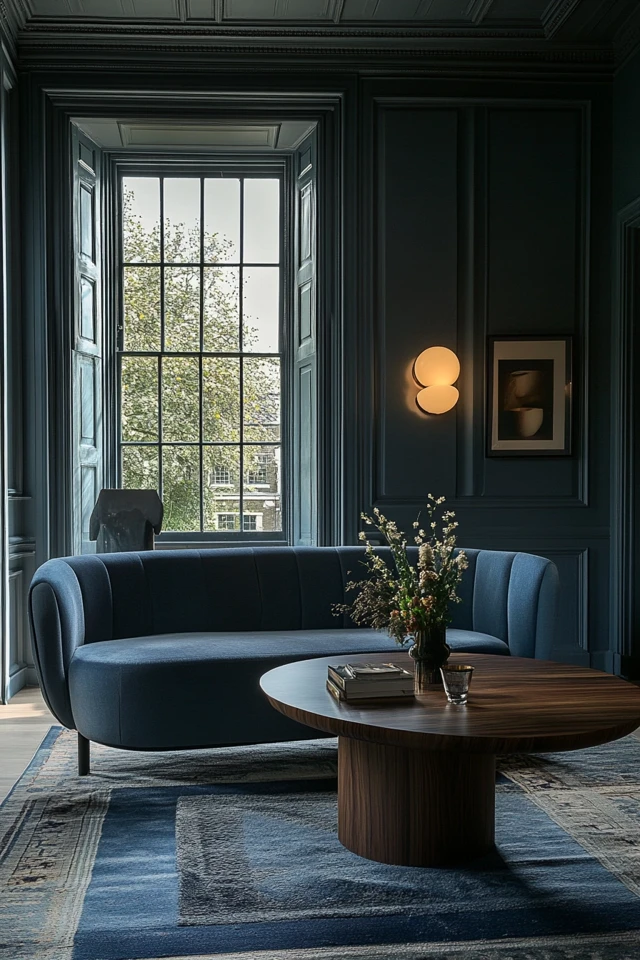
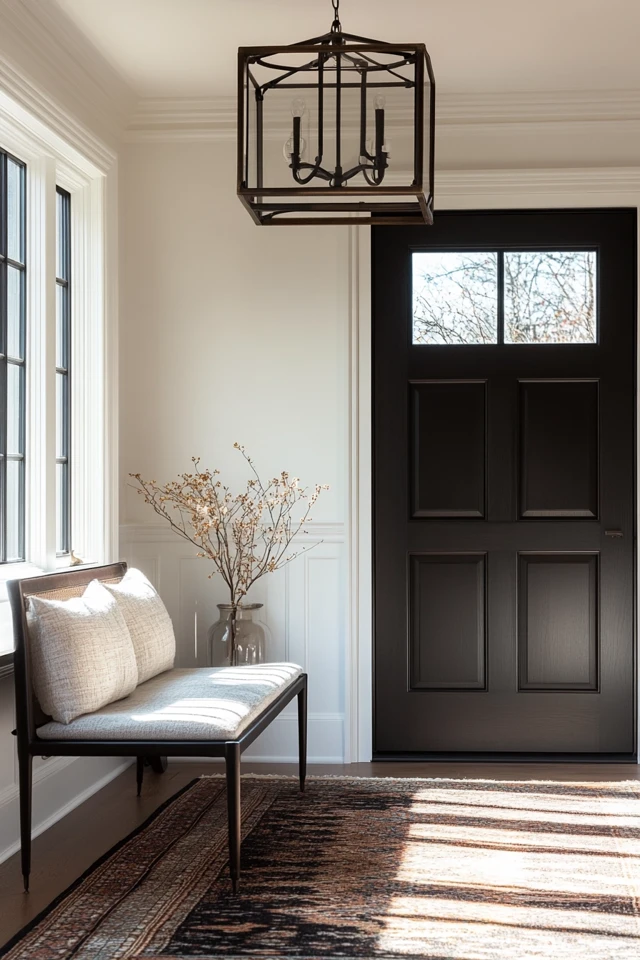
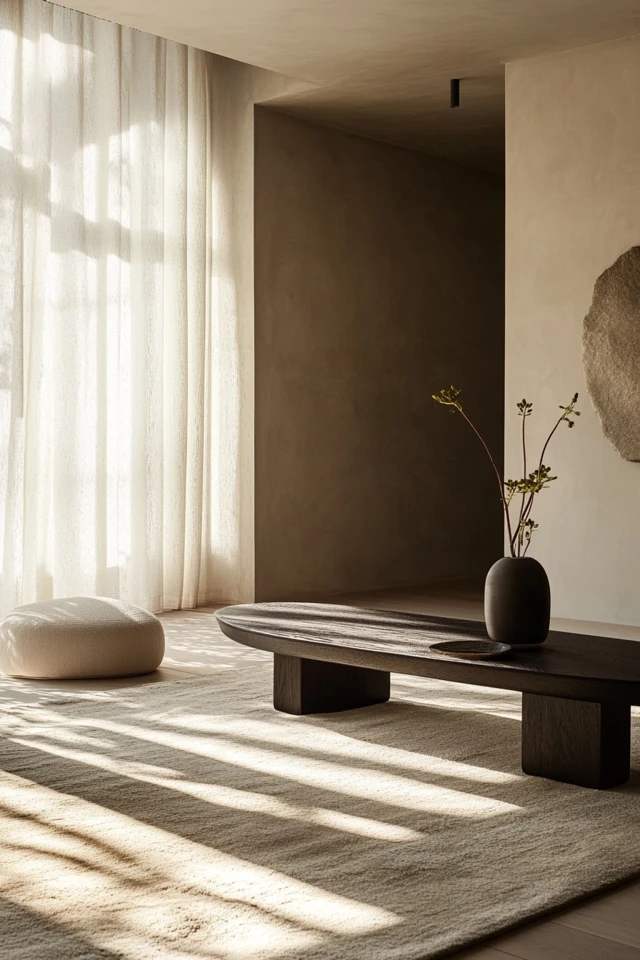
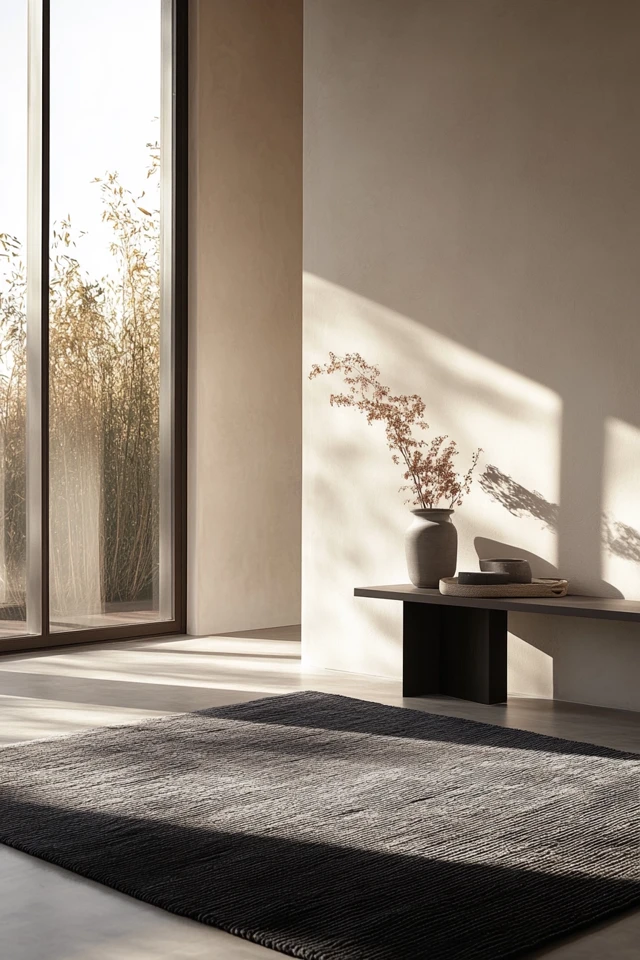
Why These Key Elements Work So Well Together
1. Natural Light
Scandinavian interiors are designed to maximize natural light, reflecting the long, dark winters of Nordic countries. Large windows, sheer curtains, and light-toned surfaces help brighten the space.
- Why It Works: Natural light creates an open, airy atmosphere and enhances the simplicity of Scandinavian decor.
2. Layered Lighting
From pendant lights to wall sconces, Scandinavian design relies on multiple light sources to create warmth and functionality.
- Why It Works: Layered lighting allows for flexibility, adapting to different times of day and activities while complementing natural light.
3. Soft Shadows
Shadows are an often-overlooked design element in Scandinavian interiors. They add depth, texture, and contrast, bringing a dynamic quality to the space.
- Why It Works: Shadows create a sense of dimension and highlight the natural beauty of materials like wood, linen, and stone.
4. Muted Color Palette
Light walls, neutral furniture, and soft accents amplify light while providing the perfect backdrop for shadows to subtly enhance the space.
- Why It Works: The muted palette ensures that both light and shadow remain balanced and harmonious.
5. Natural Materials
Wood, wool, and stone are common in Scandinavian design, and their textures interact beautifully with light and shadow.
- Why It Works: These materials create visual interest and warmth, especially when highlighted by directional lighting or sunlight.
How to Create a Balanced Look With Light and Shadow: Step-by-Step
1. Maximize Natural Light
- Use sheer curtains or light-filtering blinds to let in as much natural light as possible.
- Place mirrors strategically to reflect light and brighten darker corners.
- Choose light-toned walls and floors to enhance the effect of natural light.
2. Layer Artificial Lighting
- Combine ambient lighting (like ceiling fixtures) with task lighting (like desk lamps) and accent lighting (like wall sconces or candles).
- Choose dimmable bulbs to adjust the intensity of light throughout the day.
3. Embrace Soft Shadows
- Use indirect lighting to create subtle shadows that highlight textures and architectural details.
- Position lamps near textured surfaces, like woven rugs or brick walls, to play with light and shadow.
4. Incorporate Warm Light
- Opt for bulbs with a warm color temperature (2700–3000K) to create a cozy, inviting glow.
- Avoid overly bright, cool-toned light that can feel harsh or clinical.
5. Choose the Right Materials
- Use natural materials like wood, stone, and linen that interact beautifully with both light and shadow.
- Glossy finishes reflect light, while matte finishes absorb it, creating contrast.
6. Highlight Key Areas
- Use accent lighting to draw attention to artwork, plants, or architectural features.
- Position floor lamps or pendant lights to create focal points in the room.
7. Experiment With Light Fixtures
- Choose Scandinavian-style fixtures, like frosted glass pendants or metal sconces, to diffuse light evenly.
- Use fixtures with interesting shapes to cast unique shadows and patterns.
8. Balance Light Across the Space
- Avoid overly bright or dark areas by spreading light sources evenly throughout the room.
- Use table lamps or candles to add light to corners or small spaces.
9. Play With Seasonal Light
- In summer, maximize natural light by using lighter window treatments and reflective decor.
- In winter, layer warm lighting and candles to create a hygge-inspired atmosphere.
10. Keep It Minimal
- Avoid overloading the space with too many light sources or decor items.
- Focus on a few key lighting elements to maintain the simplicity of Scandinavian design.
FAQ Section
1. How can I maximize natural light in a dark space?
Use light-colored walls, large mirrors, and reflective surfaces like glass or metal to brighten the room. Avoid heavy curtains, opting for sheer or light-filtering options instead.
2. What type of light fixtures work best in Scandinavian design?
Choose fixtures with clean lines, natural materials, and minimalist designs, such as frosted glass pendants, wood-accented lamps, or matte metal sconces.
3. How do I create a cozy atmosphere with lighting?
Use warm, dimmable bulbs, layer multiple light sources, and incorporate candles or string lights for a soft, ambient glow.
4. Can I use bold lighting in a Scandinavian room?
Yes! A bold light fixture, such as a sculptural pendant or a statement floor lamp, can act as a focal point while maintaining the minimalist aesthetic.
5. How do I balance light and shadow in open floor plans?
Use zoning techniques, such as area rugs or furniture placement, to define spaces. Combine multiple light sources and adjust their placement to create a balanced look across the entire area.
Variations
- Hygge Lighting: Focus on warm, low-intensity lighting with candles, fairy lights, and textured lampshades for a cozy vibe.
- Modern Scandinavian Look: Incorporate geometric or industrial-style fixtures in black or brass for a contemporary edge.
- Rustic Nordic Style: Pair warm lighting with natural wood finishes, woven textures, and earthy tones for a rustic feel.
- Budget-Friendly Option: Use LED strip lights, thrifted lamps, or DIY paper lanterns to achieve the look for less.
Conclusion
The interplay of light and shadow is central to Scandinavian design, creating spaces that feel warm, balanced, and effortlessly stylish. By maximizing natural light, layering artificial lighting, and embracing the beauty of shadows, you can transform your home into a serene and inviting sanctuary.
Whether you’re designing a small apartment or a spacious home, these principles will help you create a harmonious, Nordic-inspired space that celebrates the beauty of light and shadow. Experiment with textures, play with lighting, and let your home shine with the timeless elegance of Scandinavian design.

